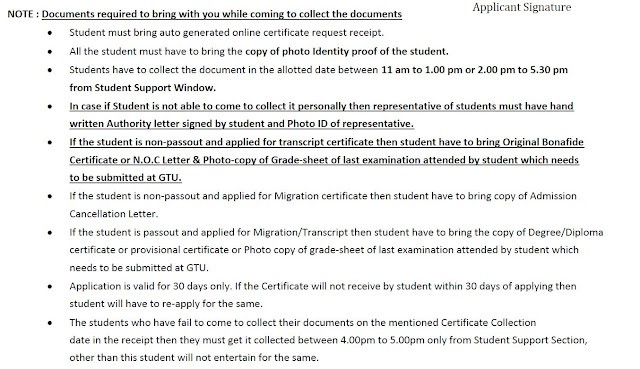Little Rann of Kutch: Paradise for bird watchers
"Not So" Little Rann of Kutch
Little rann of kutch, also known as LRK is one of the finest places in India for observing and photographing raptors. LRK is a salt marsh covering an area of 4954 square km. Despite being an arid and featureless land, LRK has an impressive mixture of habitats which includes flat land, desert grasslands, scrubs, lakes, and marshes. LRK is the last refuge of the Indian wild ass (Khur). In a true sense, it is "not so" little rann of kutch.
LRK always have something to offer. In LRK, you may end up getting a lot or nothing at all. LRK holds a very special place in the heart and it is one of my favorite places to visit.
Best time to visit LRK
November to February is the best time to visit little rann of kutch. December and January are generally considered as peak season time for birders and tourists. March is the time to visit LRK to photograph mammals.
Reaching LRK
The easiest way to reach LRK is by road from Ahmedabad which takes about 1.5 - 2 hours. Ahmedabad is well connected by air and rail which makes it very convenient. Google maps should be able to navigate to LRK with ease. It is recommended to download an offline map in case there is a weak mobile network.
Accommodation at LRK
There are multiple options for accommodation in LRK, a quick google search will give you a bunch of options. I have stayed in a couple of resorts:
Both these resorts offer simple Gujarati vegetarian food options. Stay here is nice and comfortable with all basic amenities. Both these resorts offer safaris and guides in LRK. One can find some wildlife around the resort itself.
Bird watching and photographing notes
Best time for birdwatching and photography is right after the sunrise and just before the sunset. In LRK, it is recommended to enter the rann as soon as you get the permit from the local forest office. Major entry points for LRK are bajana, kharaghoda, and zainabad. The first and most important task is to locate and identify a bird before the light gets too harsh. Depending on the wishlist, you can choose to enter from any of the given entry points. The guides at resorts as well as forest department are pretty experienced and can help you locate birds.
 During winter, you can spend more time finding and photographing the bird in the morning session as compared to the afternoon session. In the morning, the window of photographing the birds is approximately 2-3 hours. In the afternoon session, there is a very small window of opportunity with good light which makes it a bit tricky. Mirage is the biggest factor when photographing birds from ground level. After 9 - 9:30 in the morning, the mirage will be there which is not ideal for bird photographers.
During winter, you can spend more time finding and photographing the bird in the morning session as compared to the afternoon session. In the morning, the window of photographing the birds is approximately 2-3 hours. In the afternoon session, there is a very small window of opportunity with good light which makes it a bit tricky. Mirage is the biggest factor when photographing birds from ground level. After 9 - 9:30 in the morning, the mirage will be there which is not ideal for bird photographers.
Approaching birds is another challenge in LRK setup. In contrast to other birding destinations, LRK does not provide any cover to approach birds. Understanding bird's behavior becomes vital when approaching birds. After spotting a bird, the vehicle must be approached with a lot of caution and patience. Photographers must click pictures from the car and allow the birds to settle down before approaching closer or getting to ground level. Small petrol cars are ideal for approaching birds in LRK as big vehicles tend to make more noise which can disturb the bird.




Summary
LRK is one of the most beautiful places around the city of Ahmedabad to enjoy nature and wildlife. Winters are buzzing with lots of exciting species and surprises. It is a must-visit place for all wildlife lovers and bird enthusiasts.
- Recommended length of stay: 1 - 3 days
- Safari permit cost: 800 INR per safari with the camera fees(I do not recall the exact amount so approx amount)
- Approx resort cost: 2300-2500 INR/night including breakfast, lunch, dinner (On a special request, field breakfast is possible in the middle of the rann)
- Safari jeep cost: 2500 INR/safari(I do not recall the exact amount so approx amount)



Comments
Post a Comment